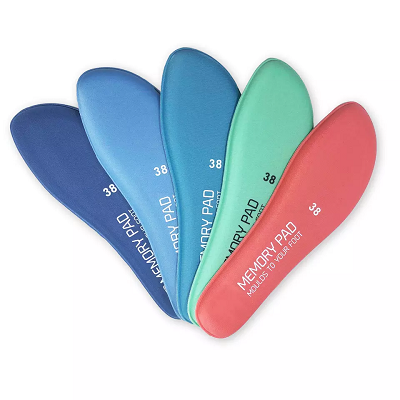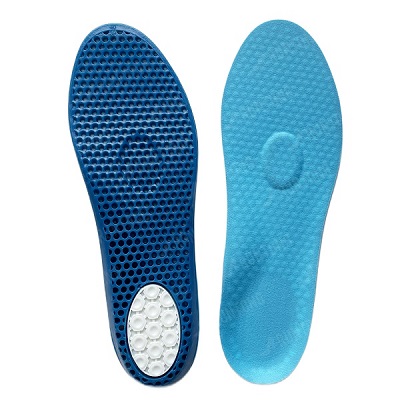When it comes to enhancing foot comfort and support, selecting the right type of insole can make a significant difference. Two popular choices—memory foam and gel insoles—each offer unique benefits tailored to different needs and preferences.
Comfort and Conformity
Memory foam insoles are celebrated for their plush, cushioned feel that molds to the shape of your foot over time. This feature not only provides immediate comfort but also helps alleviate pressure points during prolonged wear. Whether you’re walking, standing, or running errands, memory foam gently cradles the foot, offering a soft, supportive base.
In contrast, gel insoles are designed with a firmer structure aimed at delivering robust support. While they may not conform as closely as memory foam initially, gel insoles excel in providing stable arch support and overall foot stability. This makes them particularly beneficial for individuals seeking enhanced support during activities that require prolonged standing or walking.
Cooling and Heat Regulation
For those prone to overheating, gel insoles offer a distinct advantage. The gel material naturally dissipates heat, providing a cooling sensation that can be especially soothing in warm weather or for individuals with naturally warmer feet. On the other hand, memory foam tends to retain heat to a greater extent, which might be less ideal for those who prioritize cooler feet.
Durability and Longevity
When it comes to durability, gel insoles often maintain their supportive properties for a longer period compared to memory foam, which can compress over time with regular use. This resilience makes gel insoles a preferred choice for individuals looking for a long-lasting solution to foot support and comfort.
Addressing Foot Conditions
Individuals with specific foot conditions such as plantar fasciitis or heel pain may find gel insoles more beneficial due to their firmer structure and targeted support. Gel insoles can help distribute pressure evenly across the foot, providing relief and preventing exacerbation of these conditions during daily activities.
Activity-Specific Considerations
The choice between memory foam and gel insoles can also be influenced by the activities you engage in regularly. Memory foam insoles are typically favored for casual wear and everyday activities where comfort is paramount. On the other hand, gel insoles are often recommended for sports or vigorous activities that demand additional foot support and stability.
Conclusion
Ultimately, selecting between memory foam and gel insoles hinges on understanding your specific needs—whether you prioritize plush comfort and conformity or structured support and durability. Consulting with a podiatrist can provide personalized insights tailored to your foot health and lifestyle requirements. By making an informed choice, you can ensure that every step you take is supported and comfortable, enhancing overall foot health and well-being.
Post time: Jul-16-2024







